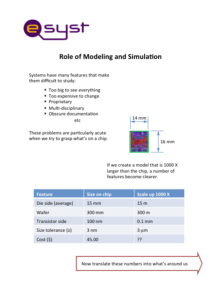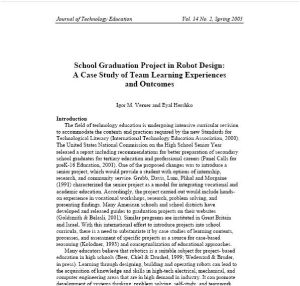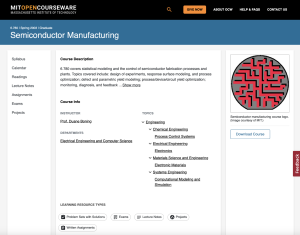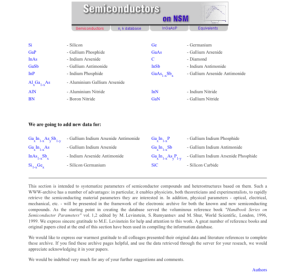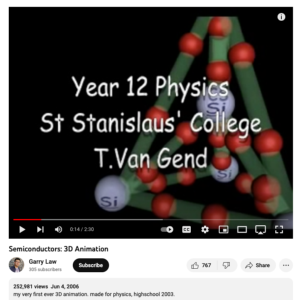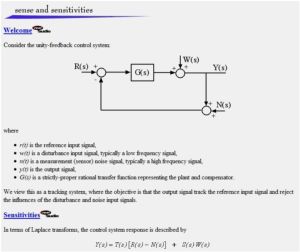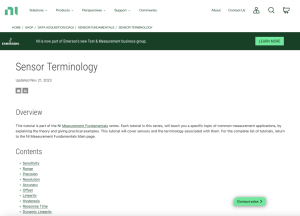Browse Resources
Engineering Technologies -- Electronics and controls
Resources | |
|---|---|
This PowerPoint resource, provided by eSyst: Tools for Electronics Education, shows scaling of size in relationship to semiconductor components. It describes the role of modeling and simulation, including example pictures to help students understand the material.
This is an animation of a Schmitt trigger circuit with clean input voltage. Voltages and parts of the circuit of this 3-D animated .gif are highlighted with different colors. Current is displayed by green arrows indicating directional flow.
This paper, from Igor M. Verner and Eyal Hershko, presents a case study of team learning experiences and outcomes for a robot design project high school graduation requirement. The paper presents the project framework, fire-fighting robot assignment design, and its application in Mevohot E'ron High...
This website, maintained by creator Bill Beaty, contains general science topics for study. Instructions for different science experiments are listed. Everything from super neodymium magnets, ten dollar infrared googles, and drawing holograms by hand can be found here.
Presented by the University of Cambridge's Engineering Department, this page contains an interactive semiconductor diode animation. Additionally, a quiz and short exam are provided.
6.780 Semiconductor Manufacturing, a course through MIT's OpenCourseWare, examines statistical modeling and the control of semiconductor fabrication processes and plants. Topics covered include: design of experiments, response surface modeling, and process optimization; defect and parametric yield...
This website includes information about parameters and properties of a variety of semiconductor compounds. The site is "intended to systematize parameters of semiconductor compounds and heterostructures based on them."
This Semiconductors video was created by Gary Law and is a 3D animation made for a high school physics class. The video explains the basic concepts involved in semiconductors.
A Java applet that illustrates the utility of the sensitivity and complementary sensitivity functions for linear control system design. Sketch a reference input and disturbance input with the mouse, and select a sensor noise level. Then drag open-loop system poles and zeros with the mouse to track...
This tutorial is provided by National Instruments and covers sensors and related terminology. This tutorial includes a table of contents and the following sections: Sensitivity, Range, Precision, Resolution, Accuracy, Offset, Linearity, Hysteresis, Response Time, and Dynamic Linearity.
| |
| ← Previous | Next → |
